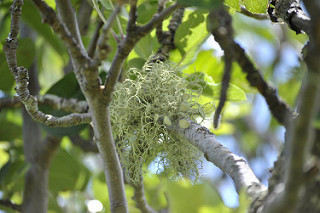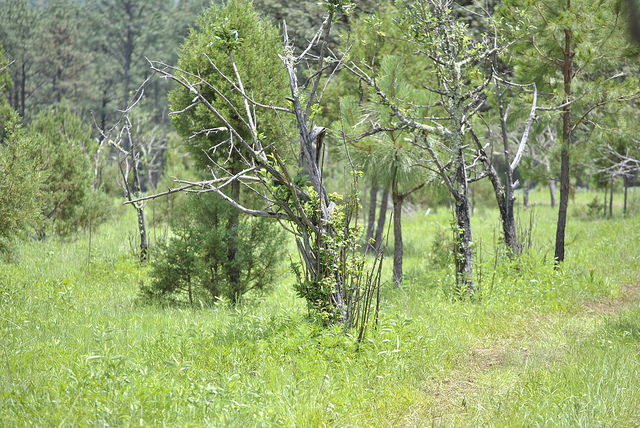Hi everyone, I’m Frank, I’m from Mexico.
I’m seeking advice on fruit growing, my wife’s family has a 173 acres property in Yecora, Sonora, we call them Cabañas Los Manzanos, because it has 4 cabins which are rented to the public (https://goo.gl/maps/wNwbAQsZv9F2).
My wife’s grandfather planted apple, pear, peach and nut trees, but his family didn’t take care of the orchard at all.
So now, most of the apple trees are dried, or partially dried, the nut trees died, there are some pear tree standing and there’s only one peach tree left.
The orchard has pine trees growing in between, and new plants are growing at the base, which I believe can be transplanted.
I want to revive the orchard, to be able to maintain the cabins, I really love this place and the cabins are deteriorating and since there are like 7 different owners, most of them don’t want to invest in the maintenance.
So I figure I can make it profitable to keep the place in good conditions, like I say, I want to revive the orchard, apples, pears, maybe peaches, and since we have a forest, I’d like to try some mushroom growing and some cattle, at least 10 so that we can make organic cheese to sell.
I have some pictures, hope you can take a look at them and give me some hints on what can be the problem, just click on the picture and it will take you the the album.
Thanks for your time…

